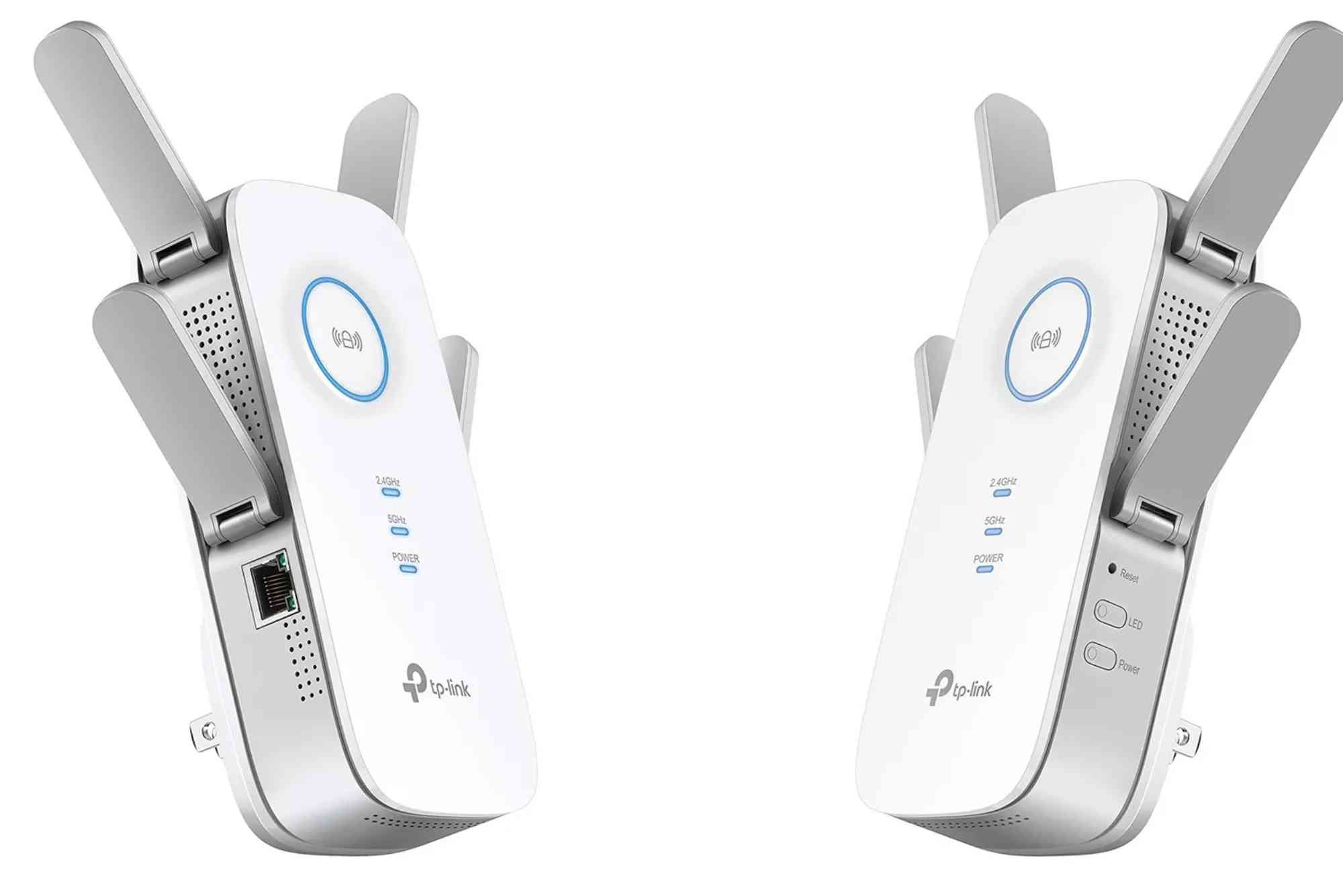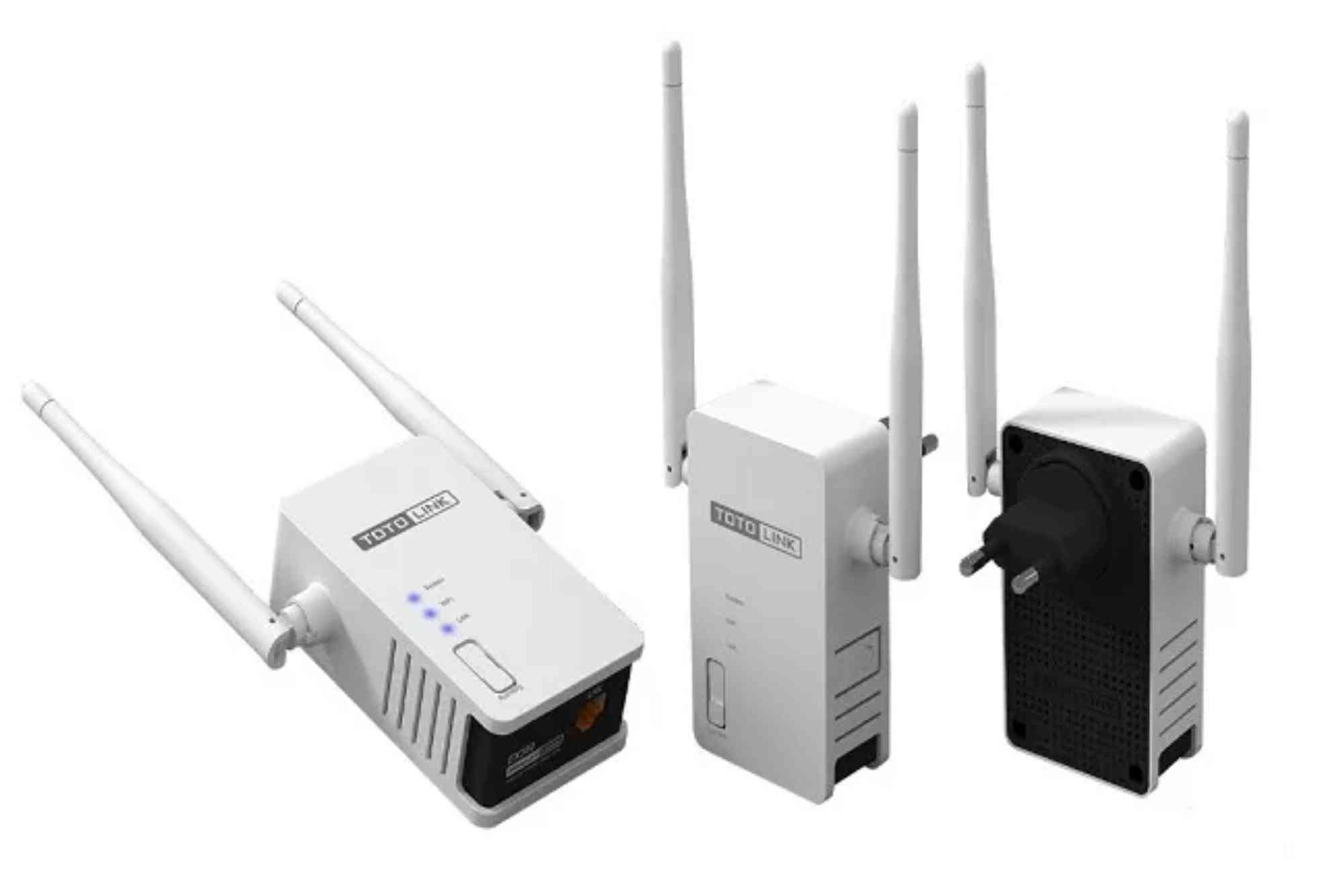Introduction
If you’ve ever struggled with dead zones or weak Wi-Fi signals in your home, you’re not alone. Many households and offices face the same issue, especially as the number of connected devices grows. A single router often can’t cover large areas or buildings with thick walls. This is where Wi-Fi range extenders come in handy. But what if one extender isn’t enough? That’s when you need to learn how to connect multiple range extenders the right way.
Connecting more than one Wi-Fi extender can significantly boost your network coverage, ensuring strong signals in every corner. However, improper setup can create interference, slower speeds, or even connection drops. This guide walks you through the correct method, troubleshooting tips, and best practices to maximize performance.
Understanding How Wi-Fi Range Extenders Work
Before diving into the setup, it’s important to understand what a Wi-Fi extender does. An extender picks up your router’s wireless signal and rebroadcasts it, effectively stretching coverage into weak-signal areas.
When you add multiple extenders, you’re creating a chain of coverage zones. But if these zones overlap incorrectly, they can cause interference. That’s why placement and connection methods are key to success.
Can You Connect Multiple Wi-Fi Extenders?
Yes, you can. But the right approach makes all the difference. Simply placing extenders randomly can lead to performance problems. When you learn how to connect multiple range extenders strategically, you create seamless Wi-Fi coverage that feels like one large network.
Some important things to keep in mind:
-
Each extender should be within range of the router or the previous extender.
-
Avoid daisy-chaining too many extenders; more than two or three can cause instability.
-
Proper configuration prevents overlapping signals.
Step-by-Step Guide: How to Connect Multiple Range Extenders
Connect the First Extender
Start with one extender at a time. Plug in your first Wi-Fi extender halfway between your router and the dead zone. Use the WPS button or the extender’s web interface to sync it with your router.
Once connected, test the signal strength with a device to ensure coverage is extended properly.
Place the Second Extender Strategically
Now it’s time to add another extender. Don’t place it too far from the router. Instead, position it within range of the first extender but closer to the next dead zone. This way, the second extender has a strong signal to rebroadcast.
Always ensure the second extender is not at the very edge of the first extender’s coverage. Weak signals lead to poor performance.
Configure the Second Extender
Set up the second extender just as you did the first. Use WPS for quick pairing or log into the extender’s setup page. Some extenders allow you to choose whether they connect directly to the router or to the first extender. Whenever possible, connect them directly to the router for stability.
Test the Network
After setup, walk through your space with a smartphone or laptop. Test signal strength and internet speed. You should notice fewer dead spots and smoother connectivity.
If speeds drop drastically in certain zones, consider repositioning the extenders. Small adjustments often make a big difference.
Best Practices for Using Multiple Wi-Fi Extenders
Avoid Daisy-Chaining Too Many Devices
While it’s possible to link extenders in a chain, each “hop” can reduce speed. Try to connect each extender to the main router if your model allows it.
Use Different SSIDs or the Same?
Some extenders let you keep the same network name (SSID), while others require unique names. For most users, using the same SSID makes roaming easier. Devices will automatically switch to the strongest signal.
Consider Dual-Band Extenders
If your router supports dual-band (2.4 GHz and 5 GHz), choose extenders that can handle both. This provides better speed and reduces congestion.
Optimal Placement Is Everything
Think of Wi-Fi signals like water flowing through pipes. If you place extenders at weak points, you’ll only extend a poor signal. Always place extenders in areas with strong connectivity.
Common Problems When Connecting Multiple Range Extenders
Slow Speeds
One of the most common issues is speed reduction. Since extenders repeat signals, each hop can cut bandwidth in half. This can be reduced by positioning extenders correctly and connecting them directly to the router when possible.
Network Interference
If extenders are placed too close, signals may overlap and interfere. Adjust their positions to avoid interference.
Device Confusion
Sometimes devices keep connecting to a weaker extender instead of switching to the stronger one. Restarting devices or enabling “smart roaming” features can help.
Alternatives to Multiple Range Extenders
If you find that using several extenders still doesn’t provide reliable coverage, you may want to explore other solutions.
Mesh Wi-Fi Systems
Unlike extenders, mesh systems are designed to work together seamlessly. Each mesh node communicates with others, creating one strong and unified network.
Powerline Adapters
These devices use your home’s electrical wiring to transmit internet signals. They’re a good alternative if you don’t want multiple wireless extenders.
Wired Access Points
For the best performance, connect additional access points using Ethernet cables. This completely bypasses wireless limitations.
Expert Tip: Choose Reliable Internet Providers
Even with multiple extenders, your Wi-Fi experience depends on your ISP. A poor connection can’t be fixed by hardware alone. If you want stable connectivity, check out trusted providers like Dhanote Internet Services. Pairing a reliable ISP with well-placed extenders guarantees the best results.
FAQs
Can I connect two Wi-Fi extenders to the same router?
Yes, most modern routers support multiple extenders. Just make sure they are placed strategically.
Will multiple Wi-Fi extenders slow down my internet?
Each extender can reduce speed slightly. Proper placement and connecting directly to the router can minimize slowdowns.
Is it better to use one powerful extender or multiple smaller ones?
It depends on your home’s layout. For large or multi-story homes, multiple extenders often provide better coverage.
Can Wi-Fi extenders work with any router?
Yes, most extenders are compatible with all standard routers. Always check specifications before purchasing.
How many Wi-Fi extenders can I connect at once?
While technically possible to connect several, two or three is the practical limit. Beyond that, speeds may suffer.
Learning how to connect multiple range extenders can transform your home or office network. With the right placement, proper setup, and best practices, you’ll enjoy stronger signals in every corner.
If you’re still struggling, consider upgrading to a mesh system or exploring alternatives like wired access points. And remember, reliable internet service is just as important as strong coverage. Providers like Dhanote Internet Services ensure your network has a solid foundation








